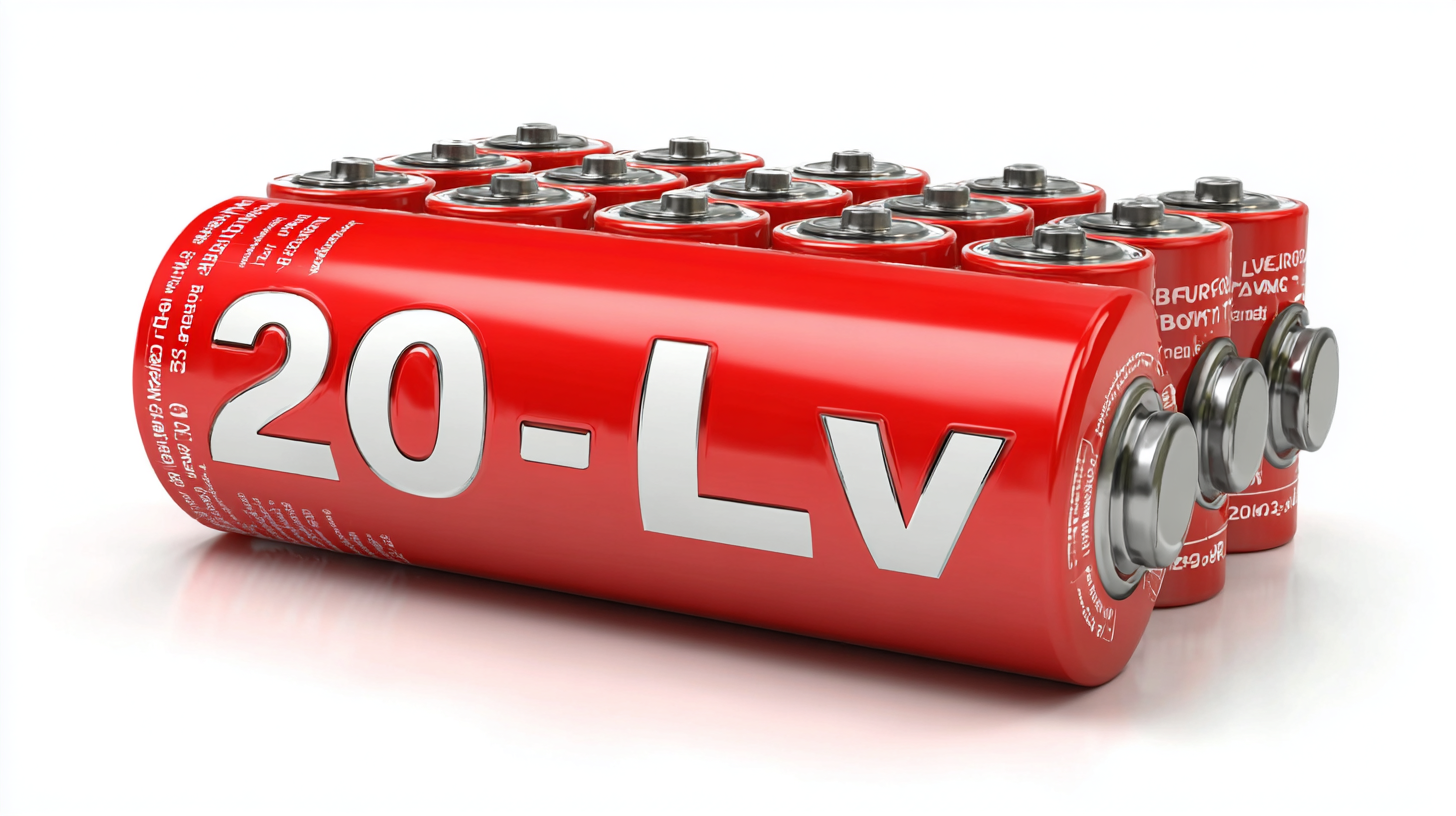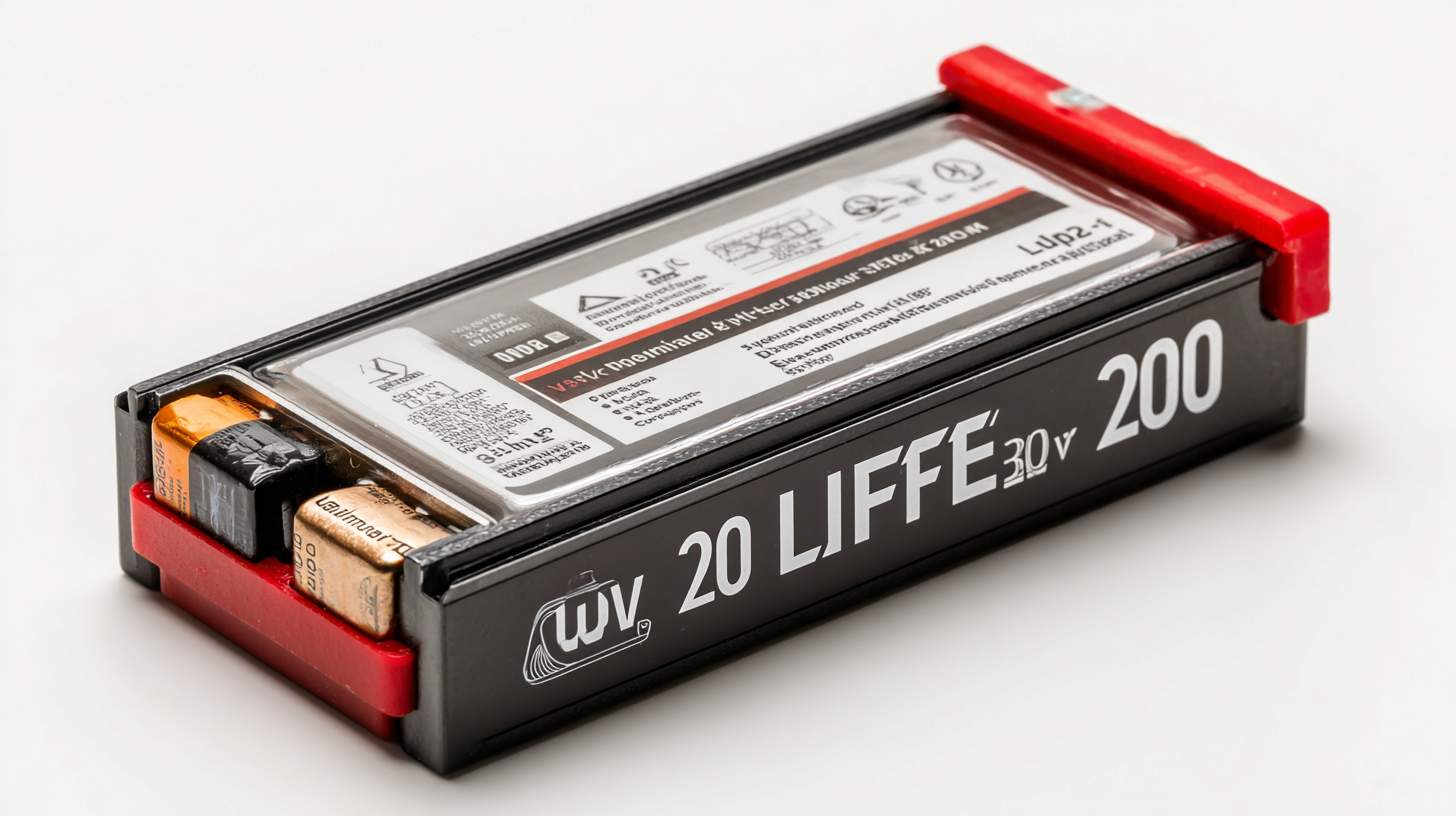



 Investing in a 3.2 V 20ah Lifepo4 battery can significantly enhance your energy storage solutions, especially in various applications like renewable energy, electric vehicles, and backup power systems. However, to truly maximize your return on investment (ROI), it's essential to consider not only the initial purchase price but also the long-term impacts of after-sales support and maintenance costs.
Investing in a 3.2 V 20ah Lifepo4 battery can significantly enhance your energy storage solutions, especially in various applications like renewable energy, electric vehicles, and backup power systems. However, to truly maximize your return on investment (ROI), it's essential to consider not only the initial purchase price but also the long-term impacts of after-sales support and maintenance costs.
This blog will delve into the unique features and applications of the 3.2 V 20ah Lifepo4, providing an insightful guide on how to navigate the intricacies of support services and upkeep. As we explore these elements, you will gain valuable insights on ensuring that your investment remains beneficial over time while minimizing potential risks and expenditures associated with maintenance.
Join us as we uncover the best practices to optimize your experience with this advanced battery technology.
When investing in a 3.2 V 20ah LiFePO4 battery, understanding Return on Investment (ROI) is crucial for maximizing the value you derive from your purchase. ROI in this context encapsulates both the initial costs of the battery and the long-term benefits it provides. By assessing factors such as lifespan, performance efficiency, and maintenance requirements, investors can better gauge how their investment translates into savings over time. A high-quality LiFePO4 battery often boasts an extended lifecycle, which means fewer replacements and lower overall costs.

Additionally, the level of after-sales support is a vital component of ROI. Comprehensive support can significantly affect your experience, from troubleshooting to warranty services. Reliable manufacturers typically offer extensive guidance on maintenance and usage, which can mitigate potential issues and extend the lifespan of the battery. Therefore, investing in a battery backed by superior after-sales support not only enhances your immediate purchase but also reinforces the overall value of your investment in the long run. By focusing on ROI, you can make more informed decisions that align with your financial goals while enjoying the benefits of cutting-edge battery technology.
When exploring the realm of 3.2 V 20ah LiFePO4 batteries, several key features stand out that contribute to both enhanced performance and longevity. First and foremost, the lithium iron phosphate chemistry provides exceptional thermal stability, which significantly reduces the risk of overheating. This characteristic not only ensures safer operation but also extends the overall lifespan of the battery. Additionally, these batteries are equipped with a high cycle life, often exceeding 2000 cycles, which means they can deliver reliable power over an extended period without significant degradation.
Moreover, the integrated Battery Management System (BMS) plays a crucial role in maximizing the efficacy of 3.2 V 20ah LiFePO4 batteries. The BMS helps in monitoring various parameters such as temperature, voltage, and current, ensuring the battery operates within safe limits. This proactive approach minimizes maintenance efforts and reduces costs associated with replacements, making it a smart investment for both personal and commercial applications. By leveraging these advanced features, users can optimize their return on investment while enjoying the peace of mind that comes from superior after-sales support.
In the rapidly evolving battery industry, after-sales support has emerged as a critical factor for building a sustainable business. According to a market report by ResearchAndMarkets, the global lithium-ion battery market is projected to reach $129.3 billion by 2027, with a substantial share attributable to LiFePO4 batteries. This highlights the increasing importance of maintaining customer relationships and providing robust support long after the sale is made. Effective after-sales services can enhance customer satisfaction, foster loyalty, and ultimately elevate the return on investment (ROI) for manufacturers.
A study conducted by Grand View Research noted that consumers are willing to pay up to 20% more for products backed by reliable after-sales support. By ensuring proper maintenance and timely assistance, businesses can reduce the total cost of ownership for customers, making it more attractive to invest in high-quality 3.2 V 20ah LiFePO4 batteries. Furthermore, implementing efficient maintenance strategies can significantly decrease downtime while enhancing the longevity of battery systems, positioning companies to thrive in a competitive marketplace. Investing in after-sales support is no longer optional; it is a strategic necessity for those looking to maximize their ROI in the burgeoning battery sector.
When it comes to maximizing ROI with 3.2 V 20Ah LiFePO4 batteries, focusing on maintenance costs becomes crucial. According to a 2023 report by Research and Markets, LiFePO4 batteries can last up to 2,000 cycles, which is significantly longer than lead-acid alternatives, which typically offer less than 500 cycles. This longevity translates directly into lower replacement costs and an overall reduced Total Cost of Ownership.
Implementing a regular maintenance schedule can further extend the life of these batteries, with studies indicating that proactive maintenance can improve battery life by 20-30%.
In addition to extending battery life, it’s important to analyze the potential impact of after-sales support on overall maintenance expenditure. A report from the National Renewable Energy Laboratory emphasizes that superior after-sales service can reduce downtime and operational costs by up to 15%. Investing in well-structured support systems enables users to quickly address issues, allowing batteries to operate at peak efficiency. Furthermore, companies that provide thorough training for their clients can enhance performance metrics significantly. Thus, when exploring strategies for cost savings, it's essential to consider both the longevity of LiFePO4 batteries and the role that effective after-sales support plays in maintaining those savings over the battery's lifecycle.
When it comes to optimizing the use of LiFePO4 batteries, understanding proper maintenance and operational strategies is essential for maximizing your investment. According to a recent report by the Battery University, LiFePO4 batteries can achieve a cycle life of over 2000 cycles under ideal conditions, which translates to a lifespan significantly longer than lead-acid counterparts. By maintaining a consistent operating temperature between 20°C to 25°C and avoiding deep discharging, users can enhance battery efficiency by up to 30%.
Furthermore, implementing a robust after-sales support system can significantly lower maintenance costs. A study by the International Battery Association indicates that regular monitoring and predictive maintenance can reduce operational interruptions by as much as 50%. Investing in systems that provide real-time data on battery performance allows users to address issues proactively, reducing downtime and ensuring that efficiency is maximized. By following these best practices, users can not only enhance their overall experience with LiFePO4 batteries but also secure a higher return on investment.

